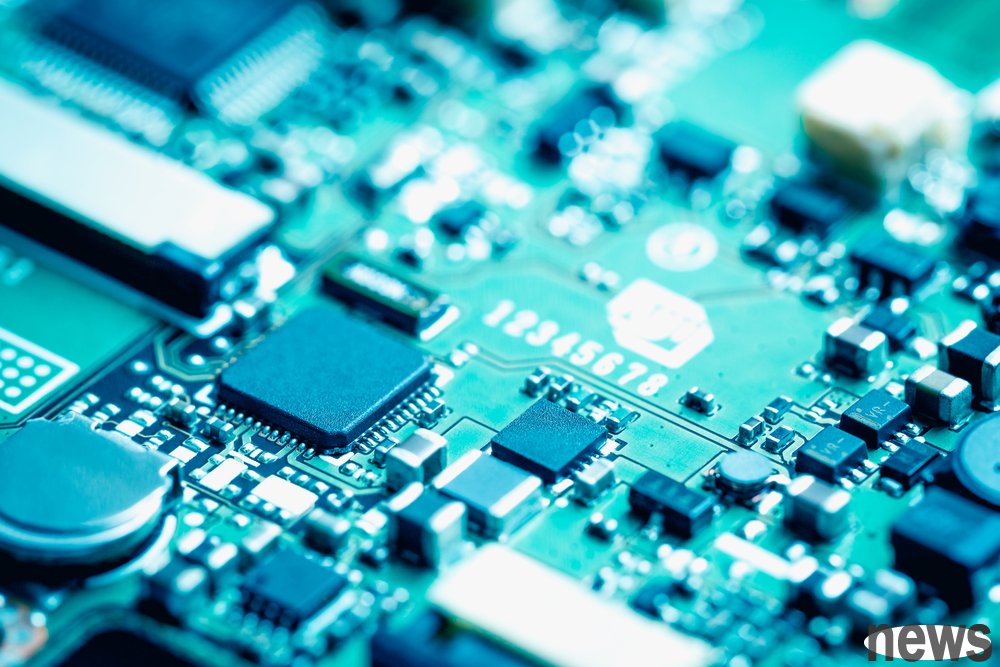Against the backdrop of the Japanese government placing semiconductors as national strategic industry, Kyushu Island is highly expected and called "Silicon Island", which aims to copy the successful experience of the Hsinchu Science Park i...

Against the backdrop of the Japanese government placing semiconductors as national strategic industry, Kyushu Island is highly expected and called "Silicon Island", which aims to copy the successful experience of the Hsinchu Science Park in Taiwan. However, the gap between dreams and reality gradually emerges. In just a few decades, Taiwan’s Hsinchu Science Park has become the core settlement of the global semiconductor industry by relying on large-scale concentrated land, policy causes and complete supply chains.
But the first dilemma that Kyushu faces is "land difficulties". A suitable base not only involves consultation and government review, but also requires large-scale basic facilities construction, which often end in the day. While Kyushu was still worried about "where is the place?", the trend in the global semiconductor market has been accelerating, and this time difference may greatly weaken Japan's advantages in international competition.
The Hsinchu Science Park has 1,471 g of concentrated land, which has produced electricity, joint and countless supply chain enterprises. However, it is difficult for Kyushu to regain this size regardless of geographical or institutional conditions. Local governments can only adopt the alternative solution of "network parks" and plan parks in different counties and cities, and then use basic construction and policies to connect. However, a dispersed layout means that coherence should be limited and industry aggregation is difficult to achieve the scale of the industry.
More importantly, Jiuzhou's own industrial foundation is weaker than Taiwan, so how to make upstream and downstream companies willing to bear high costs is still unknown. The challenge of Silicon Island in Japan is not only the shortcomings of hard land, but also how to build an industrial ecosystem like Hsinchu.
Dual risks of time difference and industry cycleEven if Kyushu can find suitable land, it is another long-distance to truly transform it into an available industrial park area. It often takes more than three to five years from the allocation of land collection, land preparation, power and water resources to environmental approval. Semiconductor industries are constantly circulating, and demand is rising and falling rapidly. The recent global demand for electric vehicles has slowed down, coupled with the uncertainty of US tax policies, which has delayed the expected market recovery time in the industry until 2027.
Even if the land in Kyushu is ready in a few years, it is impossible to guarantee who will be able to continue the investment tide. The memory of the "empty city" in the industrial district after the 2008 financial crisis still makes local governments suspicious. If Kyushu cannot solve the risk of this foundation construction failure over the market cycle, its Silicon Island Dream may not be able to truly fly.
The pull-up battle between funds and policiesThe local governments in Jiuzhou generally have limited financial resources and have to shoulder high development costs, which has led to the emergence of internal political struggle. The Development Department emphasized that "if you do not invest in the future, the town will eventually decline", while financial officials are worried that "large spending will drag down local budgets." This pull-in has slowed down the policy promotion and even affected the confidence in foreign investment promotion.
In contrast, when the Taiwan government promotes the Hsinchu Park, it can concentrate central resources and industry policies and implement them quickly; Japan's decisions are scattered due to local division and financial restrictions. Without strong central leadership, Japan's Silicon Island Project is likely to fall into the dilemma of "local governments are in politics and limited efficiency", which is one of the biggest structural challenges that Kyushu must face at the moment.
Japan not only needs to copy the model, it also needs to find its own differentiated positioningKyushu's Silicon Island Dream symbolizes Japan's ambition to return to the semiconductor stage. However, if you want to follow the Taiwan model, you must not only have land, but also be able to solve structural problems such as time difference, financial pressure and industry aggregation efficiency. Decentralized parks are certainly a strategy to adapt to local conditions, but if the disadvantages of insufficient co-operational effectiveness cannot be overcome, it may be difficult to attract long-term and large-scale investment.
More importantly, Japan needs to find its own differentiated positioning, rather than just "copying Hsinchu". Perhaps, by combining vehicle chips, advanced materials and local industries, creating a semiconductor settlement with "Kyushu characteristics" can truly allow Silicon Island to break through the bottleneck. Otherwise, as the global industry wave continues to advance, Silicon Island’s dreams may remain on the blueprint.
(Source: Kyushu Economic Internationalization Promotion Institution)
Japan’s ‘Silicon Island’ wants to be like Taiwan but has a land problem Mitsubishi Electric Power Semiconductors Contributing to the Revival of Silicon Island Extended reading: The advantages of Japanese upstream semiconductor equipment and raw materials, analyzing the key progress of Kyushu, Tohoku and Hokkaido semiconductor bases